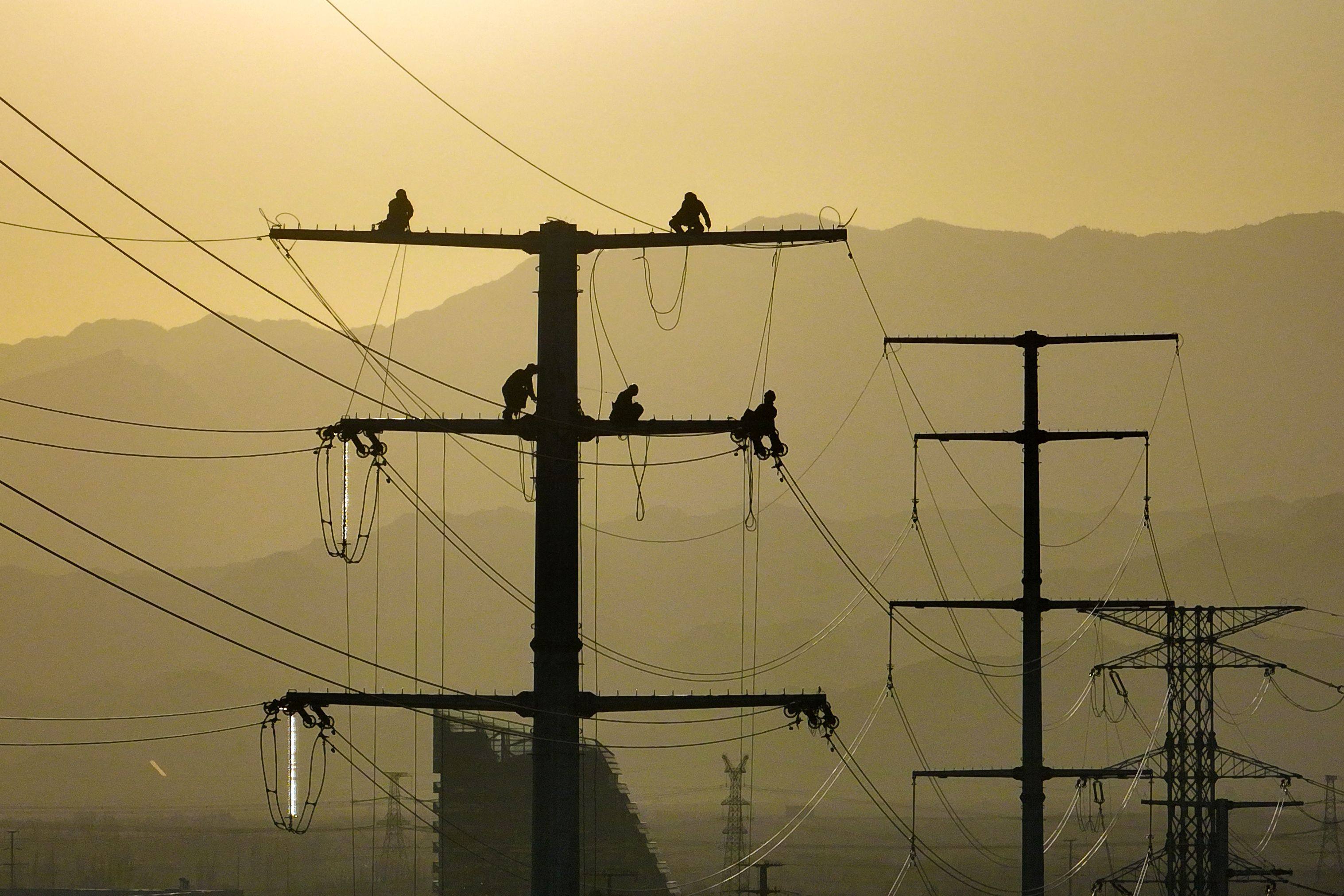Copyright scmp

Earlier this month, China National Nuclear Corporation quietly marked a groundbreaking achievement. It announced that Linglong One – which it has billed as the world’s first commercial land-based small modular reactor – had successfully completed its “cold functional test”. This is the first comprehensive assessment of a reactor, done before fuel loading, checking how the system functions under high pressure. Linglong One, which has been much cheaper to construct than the larger Hualong One reactor, could be a game-changer in the nuclear energy landscape. It was the world’s first commercial small reactor to begin construction, having passed the International Atomic Energy Agency’s safety review in 2016. When it becomes operational, the reactor is expected to reduce carbon dioxide emissions by a whopping 880,000 tonnes per year, equivalent to planting 7.5 million trees. Across Asia, the growth of nuclear energy has been explosive. According to the World Nuclear Association, Asia currently has around 145 operable nuclear power reactors, with 45 under construction and concrete plans to build 60 more. Of the operable reactors, 58 are in China, 33 in Japan, though many have been temporarily shut down, 26 in South Korea and 24 in India. Given the urgency of meeting clean energy goals, it is easy to see the appeal of nuclear energy. Some experts say it is key to achieving the world’s decarbonisation goals. Unlike solar and wind, nuclear energy can produce electricity consistently, day or night, regardless of the weather. Nuclear power plants produce virtually no carbon dioxide or other greenhouse gases during operation. Their life-cycle emissions, which include mining and construction, are also relatively low. And they don’t require a lot of land to set up. A 1,000-megawatt nuclear plant needs significantly less land than a solar or wind farm of the same capacity. It’s little wonder then that nuclear power is, according to the US Department of Energy, already the largest source of clean power in the country with 94 operable reactors. It generates nearly 775 billion kilowatt-hours of electricity each year and produces almost half the nation’s emissions-free electricity, avoiding over 471 million metric tonnes of carbon each year, equivalent to taking 100 million cars off the road. Though the US has the world’s largest commercial nuclear power generation fleet, these are ageing. In the past decade, the US has built only two new reactors, both of which faced significant delays and budget overruns. In comparison, China has made rapid strides in nuclear energy, enabled by its state-backed technology, extensive financing and streamlined regulatory processes. Its achievements in the past decade have outstripped those of the United States. According to a June 2024 report by the Information Technology and Innovation Foundation, the US is an estimated 10 to 15 years behind China in the deployment of fourth-generation nuclear reactors, with Chinese reactors being completed significantly faster – in about seven years on average – than other nations’. In a rapidly developing Asia, hungry for industrial growth but battling rising pollution, embracing nuclear energy seems to be the only practical way to meet climate goals. However, challenges abound. A major stumbling block is the high capital costs of these projects. Nuclear power generation requires multibillion-dollar infrastructure projects with lead times that run into a decade or more. This makes them less attractive to private investors than cheaper, faster-to-deploy renewable energy sources like solar and wind. Government resolve – along with the resources to invest in nuclear power – has always been critical to building such infrastructure. With the emergence of small modular reactors, which can be more easily constructed on compact sites and serve multiple functions, Asian governments have an interesting opportunity for collaboration. A Wood Mackenzie report in September noted that Southeast Asian nations – Vietnam, Malaysia, Thailand, the Philippines and Singapore – will need to collectively invest US$208 billion to realise their nuclear power ambitions by 2050, with the focus being on small modular reactors. However, a May 2024 Institute for Energy Economics and Financial Analysis report warned that small modular reactors are still too expensive and take too long to build, with projected construction and running costs being drastically understated. Safety concerns have long been a red flag – both in terms of operations and in the disposal of radioactive waste. The negative stereotypes surrounding nuclear energy persist, making it challenging for governments to gain public acceptance. The protests that erupted over Japan’s plan to release treated waste water from the Fukushima nuclear plant into the ocean are a case in point. In July 2022, China opened its first specialised large disposal site, the Longhe near-surface repository, in the Gobi Desert in Gansu province, which is capable of storing up to 1 million cubic metres of low-level solid waste that can decay to harmless levels of radiation over hundreds of years. The Chinese authorities say the site can accommodate the waste of 100 reactors for over a century of operations. However, not every country has ready access to such a solution. As the global energy crisis comes to a significant crossroads, there is no pathway to achieving net-zero goals without a major expansion of nuclear power. It remains to be seen whether Asia will step up to the myriad challenges this poses.



